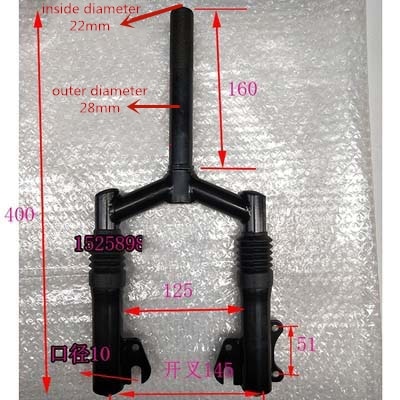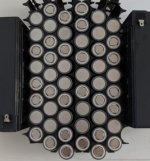Nope, beside drilling three holes and making a bracket for the controller and charger, the only real work to my conversion is building the battery. The rest is just bolting things up and cosmetics. It costs about $180 less and has 80% more power too.
On another note, my CHL (China Hobby Line) lipos came in today. I got two 3s 65C 5,000 mAh packs for the spot welder and one 6s 100C 1,500 mAh pack to run my new thermostatic, portable soldering iron. It should be able to run my soldering iron at full power for 30 minutes. With the iron's power saving features and normal use, I'm expecting it to go 2+ hours on a charge which is longer than any soldering job I have had to do and if I need more I can plug it straight in to the 24V PSU i got for the lipo charger and go 100% duty cycle until it melts.
A secondary use for my 5,000 mAh 3s packs is to run the portable hot glue gun. I dont use hot glue often but maybe I'll use it more if I'm not tethered to an AC outlet. If I parallel my 5,000 mAh packs it should run for quite a while, I just have to swap connectors because the XT60 version wasn't in stock.
I'm still waiting on my cell spacers. I haven't gotten tracking info yet. I really wish i had been able to find a US seller for those.
I'm stalled until i get those spacers and ultimately I'll be waiting on heat shrink too but I'll be able to assemble and bench test the battery, motor and electronics before then. For now, I have everything planned and I'm doing the mechanical work a little at a time because it will be done well before the battery.
Three more details of the cosmetics are settled I think. They are a suprise.
On another note, my CHL (China Hobby Line) lipos came in today. I got two 3s 65C 5,000 mAh packs for the spot welder and one 6s 100C 1,500 mAh pack to run my new thermostatic, portable soldering iron. It should be able to run my soldering iron at full power for 30 minutes. With the iron's power saving features and normal use, I'm expecting it to go 2+ hours on a charge which is longer than any soldering job I have had to do and if I need more I can plug it straight in to the 24V PSU i got for the lipo charger and go 100% duty cycle until it melts.
A secondary use for my 5,000 mAh 3s packs is to run the portable hot glue gun. I dont use hot glue often but maybe I'll use it more if I'm not tethered to an AC outlet. If I parallel my 5,000 mAh packs it should run for quite a while, I just have to swap connectors because the XT60 version wasn't in stock.
I'm still waiting on my cell spacers. I haven't gotten tracking info yet. I really wish i had been able to find a US seller for those.
I'm stalled until i get those spacers and ultimately I'll be waiting on heat shrink too but I'll be able to assemble and bench test the battery, motor and electronics before then. For now, I have everything planned and I'm doing the mechanical work a little at a time because it will be done well before the battery.
Three more details of the cosmetics are settled I think. They are a suprise.



